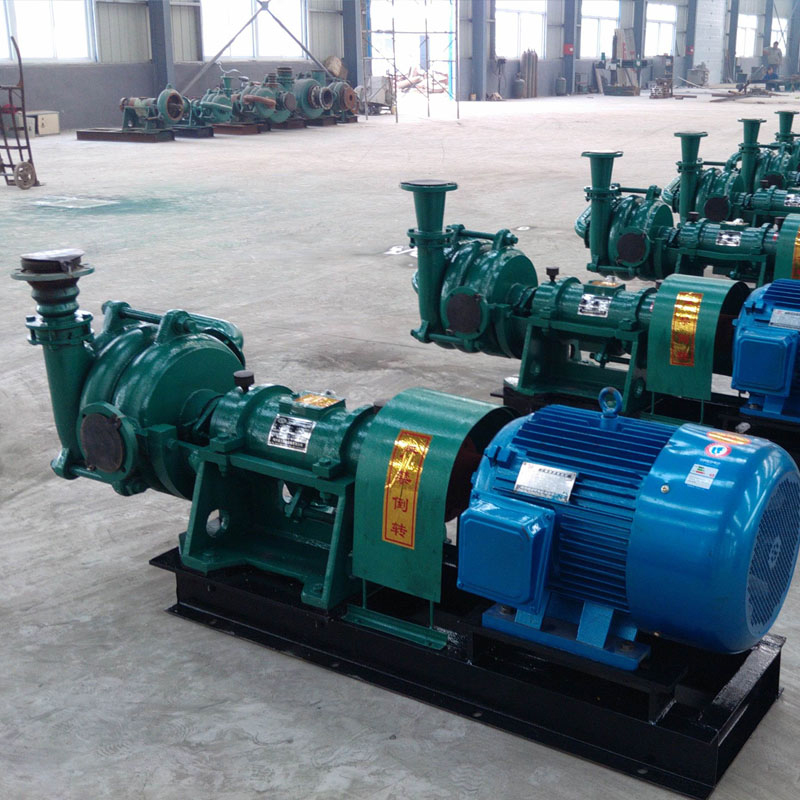Khmer
- Afrikaans
- Albanian
- Amharic
- Arabic
- Armenian
- Azerbaijani
- Basque
- Belarusian
- Bengali
- Bosnian
- Bulgarian
- Catalan
- Cebuano
- Corsican
- Croatian
- Czech
- Danish
- Dutch
- English
- Esperanto
- Estonian
- Finnish
- French
- Frisian
- Galician
- Georgian
- German
- Greek
- Gujarati
- Haitian Creole
- hausa
- hawaiian
- Hebrew
- Hindi
- Miao
- Hungarian
- Icelandic
- igbo
- Indonesian
- irish
- Italian
- Japanese
- Javanese
- Kannada
- kazakh
- Khmer
- Rwandese
- Korean
- Kurdish
- Kyrgyz
- Lao
- Latin
- Latvian
- Lithuanian
- Luxembourgish
- Macedonian
- Malgashi
- Malay
- Malayalam
- Maltese
- Maori
- Marathi
- Mongolian
- Myanmar
- Nepali
- Norwegian
- Norwegian
- Occitan
- Pashto
- Persian
- Polish
- Portuguese
- Punjabi
- Romanian
- Russian
- Samoan
- Scottish Gaelic
- Serbian
- Sesotho
- Shona
- Sindhi
- Sinhala
- Slovak
- Slovenian
- Somali
- Spanish
- Sundanese
- Swahili
- Swedish
- Tagalog
- Tajik
- Tamil
- Tatar
- Telugu
- Thai
- Turkish
- Turkmen
- Ukrainian
- Urdu
- Uighur
- Uzbek
- Vietnamese
- Welsh
- Bantu
- Yiddish
- Yoruba
- Zulu
Telephone: +86 13120555503
Email: frank@cypump.com
ធ្នូ . 15, 2024 03:41 Back to list
china slurry pump selection
A Comprehensive Guide to Choosing the Right Slurry Pump in China
When it comes to industrial applications, slurry pumps play a vital role in transporting viscous and solid-laden fluids across various sectors. In China, the growing demand for efficient slurry handling across mining, construction, and wastewater treatment has led to a surge in the availability and variety of slurry pumps. Making the right selection can significantly impact operational efficiency and cost-effectiveness. This article aims to guide you through the essential factors to consider when choosing a slurry pump in China.
Understanding Slurry Pumps
Slurry pumps are designed to handle abrasive and corrosive materials, making them essential for industries such as mining, metallurgy, and chemical processing. Unlike standard pumps, slurry pumps are engineered to manage thicker mixtures, often containing solids that can range from sand and gravel to chemical byproducts. Therefore, selecting the right pump requires a deep understanding of your specific operational requirements.
Key Factors to Consider
1. Nature of the Slurry - The first step in selecting a slurry pump is to analyze the characteristics of the slurry you will be handling. Factors such as viscosity, density, pH levels, and the size of solid particles influence the performance of the pump. Make sure to obtain this data before proceeding with your selection.
2. Pump Type - There are various types of slurry pumps, including centrifugal, positive displacement, and submersible pumps. Centrifugal slurry pumps are commonly used due to their efficiency in moving large volumes of liquid. In contrast, positive displacement pumps are better suited for high-viscosity slurries. Selecting the appropriate type based on your operational needs is crucial.
china slurry pump selection

3. Material Construction - Given the abrasive nature of slurry, the materials used in the pump’s construction can significantly affect its lifespan and performance. Common materials include rubber, stainless steel, and high-chrome alloys. For corrosive applications, selecting a chemically resistant material is imperative to prevent early wear and failure.
4. Capacity and Performance Curve - Understanding the required flow rate and head (pressure) that the pump must achieve is essential for finding the right model. Each pump has a performance curve that details its capacity at different head levels. Comparing these curves with your operational needs will help ensure that you choose a pump capable of delivering the necessary performance.
5. Maintenance and Support - In China, the availability of spare parts and maintenance support is a crucial factor for operational continuity. It's advisable to select a supplier that offers comprehensive after-sales support and readily available parts, which can help reduce downtime and maintenance costs.
6. Cost-effectiveness - While it might be tempting to choose a low-cost option, the initial purchase price doesn’t always reflect the long-term value. Assess the total cost of ownership, which includes installation, maintenance, and energy consumption, to determine the most cost-effective solution.
7. Environmental and Regulatory Compliance - Be aware of environmental regulations that apply to your industry. Selecting pumps that meet these standards not only ensures compliance but can also enhance your company's reputation as a responsible entity.
Conclusion
Choosing the right slurry pump in China involves several critical considerations, from understanding the slurry's properties and selecting the appropriate pump type to evaluating material construction and maintenance support. By taking the time to assess these factors carefully, organizations can ensure that they select a slurry pump that meets their operational requirements effectively and efficiently. Make sure to engage with reputable manufacturers and suppliers who can offer expert guidance and support throughout the selection process. This investment in the right slurry pump will pay off in terms of operational efficiency and longevity, ultimately driving your business's success.
-
Heavy-Duty Mining Sludge Pumps - Wear-Resistant Slurry Handling
NewsAug.02,2025
-
Horizontal Split Case Pump with GPT-4 Turbo | High Efficiency
NewsAug.01,2025
-
ISG Series Pipeline Pump - Chi Yuan Pumps | High Efficiency, Durable Design
NewsAug.01,2025
-
Advanced Flue Gas Desulfurization Pump with GPT-4 Turbo | Durable & Efficient
NewsJul.31,2025
-
ISG Series Vertical Pipeline Pump - Chi Yuan Pumps | Advanced Hydraulic Design&Durable Construction
NewsJul.31,2025
-
ISG Series Vertical Pipeline Pump - Chi Yuan Pumps | Energy Efficient & Low Noise
NewsJul.31,2025










